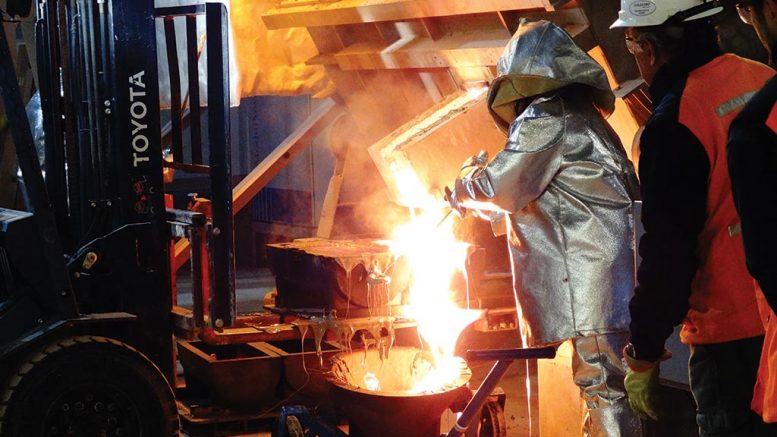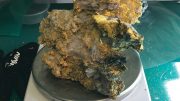The following is an edited summary from the World Gold Council, based on its “Gold Demand Trends Full Year and Q4 2018” report. To access the report, visit www.gold.org.
Global gold demand grew to 1,053 tonnes in the first quarter of 2019, up 7% on the same period last year, according to the World Gold Council’s latest Gold Demand Trends report. This year-on-year increase largely owed to growth in central bank buying, as well as growth in gold-backed exchange-traded funds (ETFs).
Central banks bought 145.5 tonnes gold in the first quarter, up 68% on the same period in 2018, and representing the strongest start to a year since 2013. Diversification and a desire for safe, liquid assets were again the main drivers of the purchases. On a rolling four-quarter basis, gold buying reached a record high for our series of 716 tonnes.
First-quarter jewellery demand rose 1% compared with the same period last year, at 530 tonnes, boosted by India. A lower local rupee gold price in February and March coincided with the traditional gold-buying wedding season, lifting jewellery demand in India to 125 tonnes, for a 5% increase on the same period last year, and the highest first quarter since 2015.
ETFs and similar products added 40 tonnes in the first quarter, up 49% on last year. Funds listed in the U.S. and Europe benefitted from the largest inflows, although the former were more erratic, while the latter were underpinned by continued geopolitical instability.
Bar and coin investment softened slightly, down 1% to 258 tonnes. This purely owed to a fall in demand for gold bars, as official gold-coin buying grew 12% to 56 tonnes. China and Japan were the main contributors to the decline: in Japan, net investment turned negative on profit-taking after a surge in the local price in February.
Gold used in applications such as electronics, wireless and LED lighting fell 3% to 79 tonnes. Trade frictions, sluggish sales of consumer electronics and global economic headwinds hit the technology sector.
The total gold supply was largely unchanged in the first quarter at 1,150 tonnes. Modest growth in mine production and recycling was offset by a decline in net hedging. Mine production and recycling levels saw small increases compared with first-quarter 2018, rising to 852 tonnes and 288 tonnes.
GOLD: Q1 2019 vs. Q1 2018
- Overall demand was 1,053 tonnes, up 7%
- Total consumer demand was flat at 788 tonnes
- Total investment demand was up 3% to 298 tonnes
- Global jewellery demand grew 1% to 530 tonnes
- Central bank demand increased 68% to 146 tonnes
- Technology demand decreased 3% to 79 tonnes
- Total supply was flat at 1,150 tonnes
- Recycling up 5% to 288 tonnes




Be the first to comment on "Central banks, ETFs drive Q1 gold demand"